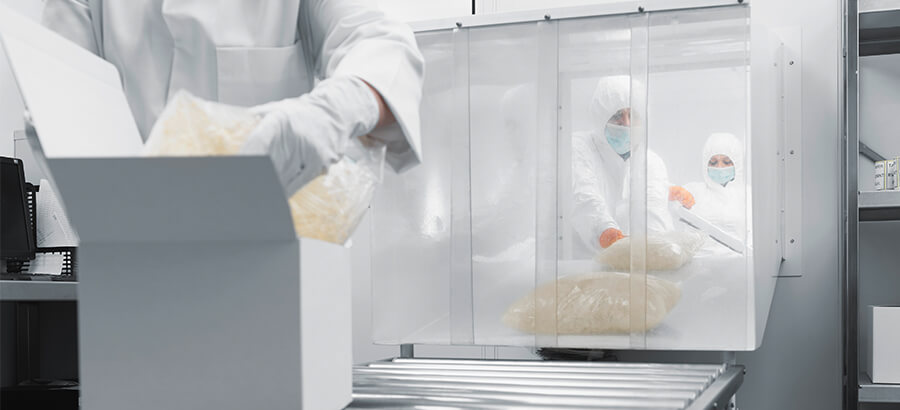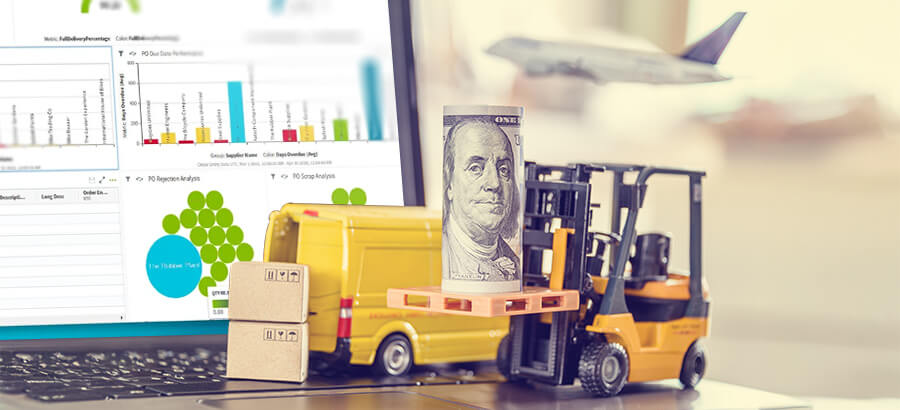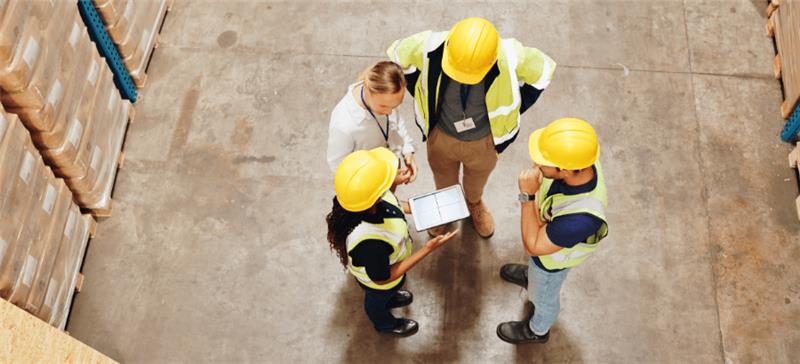Will lockdown-learning fuel change or will we soldier on wearing a blindfold instead of a face mask. What changes will last and what opportunities will we grasp?
People interaction – the pros and the cons
Working from home (WFH) with remote comms now familiar and proving effective, but 2 months on and realizing the need for social without the distancing, we seek meeting rooms with 3D people rather than Teams meetings with 2D.
Internet use broke down the walls for good and enabled a new balance of blended workspaces. We learned most people are disciplined, working with less supervision – self-managing their time and tasks to fit personal or family chores in too. In future, the WFH fortunate will add some visits to the office as well. And not just IT or service staff but channel partners and customers too. Manufacturing planning and scheduling, inventory management, financial admin, and many other roles can be location independent. This has implications for access to business systems such as enterprise resource planning (ERP).
And isn’t it amazing how I can’t “see” what you’re saying when you’re wearing a mask – because we use more than body language when talking, we need to see and read lips as well.
Alas, email use increased significantly with lockdown, and now too many people copy the world maybe to show they are working hard, concerned perhaps that businesses may be looking to find out who contributes and who doesn’t, who, without visual supervision slacks off in action and attitude. Positively, most experienced intense working, faster-focused progress, and rapid-fire days.
The nature of work and the work environment
WFH has shown office jobs and meetings can be more effective without office distractions and office commuting – we’ve got used to Social Distancing, become hygiene aware, and more focused on the task at hand.
MS Teams and Zoom worked best when you knew everyone was stuck at home and easy to “find”. As we “come out” new discipline may be required here to keep the effectiveness up.
Projects became smaller or broken into smaller parts to spread cash flow and manage risk. This will continue as operating costs are kept under control – less flying and driving to customer sites, releasing valuable time. Face-to-face meeting agendas will be different, focusing on negotiation and relationship, rather than on touching-base and general updates which are more effectively done online.
Trust has evolved a new dimension. If your hygiene is sloppy, do I trust you to do business? And are your ethics in doubt if your sanitizer is empty when I arrive at your door – a friendly smile alone doesn’t cut it anymore. Reception: first face of our business to customers and also now first line of defense for health and safety. It differentiates you.
Then with Increased and reliable WFH, the need for office space will reduce, and a glut of empty buildings and cancelled building projects will result. Plus, we may all lose a bedroom to a home office.
Supply chains have changed forever
For SYSPRO, as I am sure for most business system providers, channel partners, and customers, the biggest change we’ll see is in Supply Chain processes and how we must enable them.
Covid-19 has driven faster response to change – separating winners from the also-rans pushing more effective sourcing matched to better service from less inventory investment, with shorter supply lead-times. Working within your supply chain replacing critical imports with local supply where possible.
Your ERP and other business systems can no longer just do the basics, you and they are going to have to enable more supply chain collaboration driven by end-consumer visibility, optimized sales fulfillment through appropriate stock-mix and holding, faster more automated processes to enable supply chain response to radical demand change or disruptions like we now experience.
Lockdown shopping habits propagated huge upstream Supply Chain Whiplash against planned product flow. Take the Grocery Retailer and CPG/FMCG Supply Chain.
They were open, it was easy for them. But was it?
- High earners of all ages demanding health and immune system strengthening food/drinks
- Lower earners seeking hi-nutrition but affordable foods like oranges and sweet potatoes
- Consumers “shopping down”, focusing on needs and less non-essential items. Buying cheaper brands with less frequent shopping trips, changing days so Wednesday became the new Saturday, to miss the crowds. This has changed consumer behavior, and beware, it’s going to happen to you.
- Fresh product keeps coming, farms cannot stop so there are 20,000 tons of surplus potatoes.
- Not able to sell high margin products – general merchandise, booze, and cigarettes – while revenue per shopper trip reduces, and logistics costs increase.
- Replenishment being the constraint and focus. The pressure to sell-off warehouse overstocks while increasing quantities for urgent supplier/manufacturer replenishment reaction time. Rescheduling delivery days and movements of stock sitting in the wrong regions.
- Not anticipating 150% a day increase of eCommerce orders with preferred-brand substitution to at least deliver something.
This learning was repeated in many industries. Much of it will become the new normal, forcing IT to deliver on its promise, pushing companies to achieve IT effectiveness, changing crisis reaction to responsive, cost-effective, proactive servicing of short-term market demand and supply changes.
Technology opportunities
Enabling the basics is no longer good enough. These need to be second nature. Supply chain differentiation is pushing companies to mature their use of the more sophisticated and relevant “modules” and IT enablers. So where are the opportunities?
Making the best use of inventory planning tools like MRP and Inventory Optimization (IO) driven by proper Demand Forecasting, so stock-mix matches demand and replenishment matches the frequency and size of orders/delivery.
Streamlined procurement improving sourcing decisions and relationships/priority with suppliers.
Develop eCommerce as a real channel for customers who focus on buying, with less accidental window-shopping but improved up-selling of related products and promotions. Aim for one-man market satisfaction. Think about Uber Bakkie, for smaller more frequent deliveries. And use IoT to connect temperature sensors scanning people on entry and moving them to Social Distance marshaled queues. There are many options.
In conclusion
All South African individuals and companies have experienced uncomfortable or inconvenient changes during COVID Lockdown. We responded pretty fast as constraints jumped up and we had to react. Some instant learning was the result of survival.
We thought Lockdown may provide an opportunity to come out better than we went in. Some have and some learned hard even fatal lessons. For the SYSPRO Ecosystem, the future isn’t certain, but we can certainly see new challenges to attack together – the “Corona Opportunity” – let’s not waste it.






